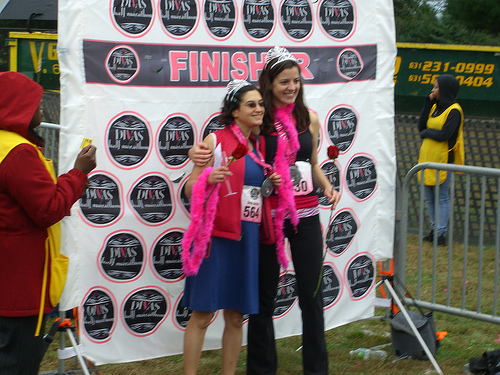It’s rare when an anthology is firing on all cylinders, but Haunted Legends, the new anthology of folkloric horror and dark fantasy edited by Ellen Datlow and Nick Mamatas, does just that. While some stories didn’t resonate with me as strongly as others, there really isn’t a dud in the bunch. Of course, I’ve come to expect no less from anthologies with Datlow’s name on them. (As for that Mamatas guy, well, nobody’s perfect.)
Gathering together twenty stories based on local legends, reworked and rewritten by some of the best authors you’ve heard of, and a few you may not have, Haunted Legends is a perfect read for the Halloween season, with something for every taste. In its pages, homage is paid to the Headless Horseman and Spring Heel Jack, vampires and ghostly schoolchildren, cursed lakes and animal spirits.
Among the standouts for me were Kaaron Warren’s “That Girl,” which puts a new and very sociopolitical spin on the familiar folktale of the ghostly hitchhiker who disappears once the car reaches the cemetery; Caitlin R. Kiernan’s “As Red As Red,” which flirts with both lycanthropy and vampirism in its tale of Rhode Island legends and history; John Mantooth’s “Shoebox Train Wreck,” a haunting and deeply humane tale of ghostly children killed when a train and a school bus collide, told from the point of view of the train conductor; Catherynne M. Valente’s “Fifteen Panels Depicting the Sadness of the Baku and the Jotai,” a sumptuously written love story between a dream-eating demon and a living folding screen in Japan, stands out as one of the best fantasy short stories I’ve read in ages; Carrie Laben’s “Face Like a Monkey,” a perfectly voiced tale about a boy who encounters the Big Bird of Texas; Gary A. Braunbeck’s “Return to Mariabronn,” another deeply humane and haunting ghost story about an accident and the guilt that still resounds down the years like ripples in a pond, which richly deserved its Bram Stoker Award nomination; M.K. Hobson’s “Oaks Park,” about a haunted amusement park, is a ghost story unlike any I’ve read before; and Ramsey Campbell’s masterpiece “Chucky Comes to Liverpool,” which explores a very modern day legend in the UK stemming from the murder of a small boy by two ten-year-olds in 1991 whom reports alleged (wrongly) were inspired by the film Child’s Play 3 and resulted in all Chucky movies being banned. Campbell’s dexterous handling of the material reminded me very quickly why he’s a legend in his own right.
Haunted Legends is a treat for anyone interested in local legends or just plain old great storytelling by some fantastic writers. It’s one of the better genre anthologies I’ve read in recent years.


